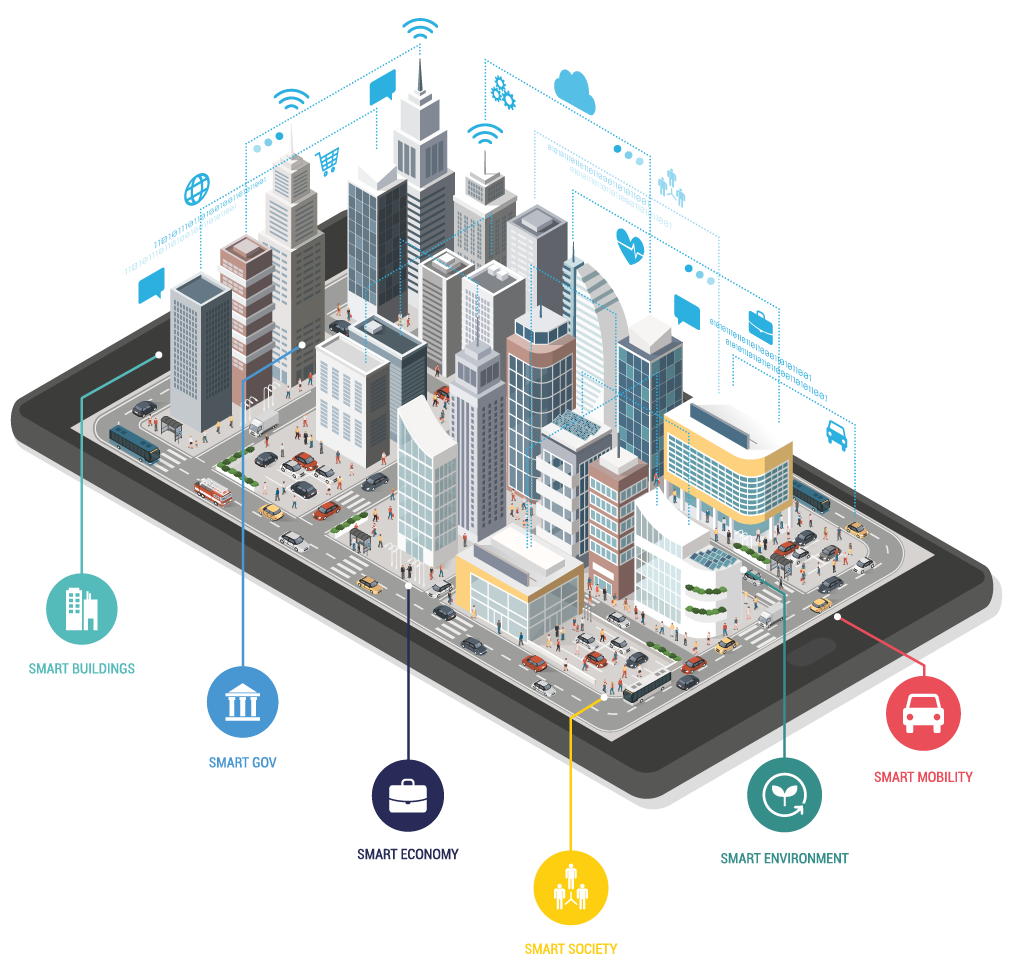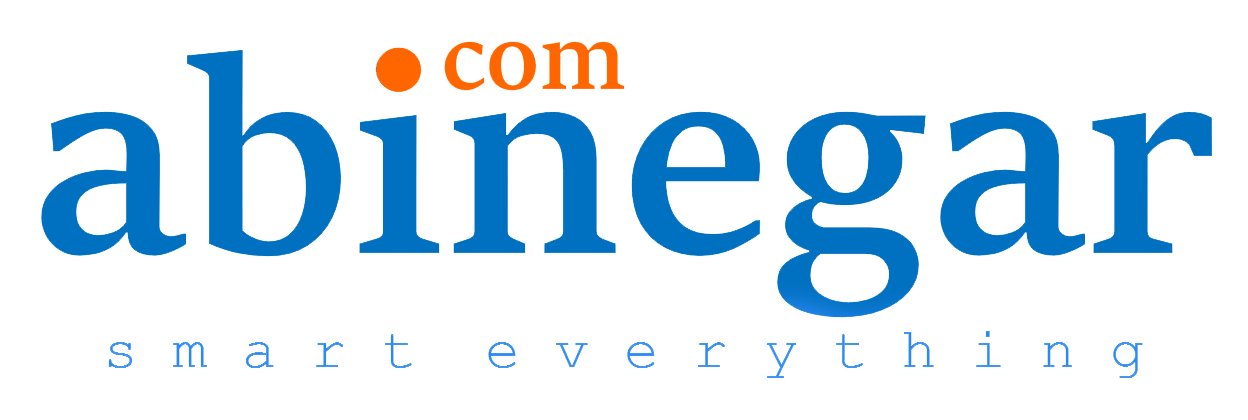What is a Smart Building?
A smart building is one that uses technology to enable efficient and economical use of resources, while creating a safe and comfortable environment for occupants. Smart buildings may use a wide range of existing technologies and are designed or retrofitted in a way that allows for the integration of future technological developments. Internet of Things (IoT) sensors, building management systems, artificial intelligence (AI), and augmented reality are amongst some of the mechanisms and robotics that may be used in a smart building to control and optimize its performance.
Ways of utilizing smart building technology
For automation
The most fundamental feature of a smart building is that the core systems within it are linked. Connecting smart technology, such as real-time IoT occupancy sensors and building management systems together, means you can share information that can be used to automate various processes, including, but not limited to, heating, ventilation, lighting, air conditioning, and security. This is what makes a building “smart” – the ability of the systems within it to talk to one another.
To integrate with different building systems
Sharing and integrating data between building systems enables the value of the combined smart building to be greater than the sum of its parts.
For example, integrating IoT occupancy sensor data into a desk or room booking system means that you can enable efficient management processes and provide a smart environment for your employees with assets that know when they are free, booked or occupied.
For space optimization
Buildings and real estate are often the second-highest cost for a business (behind wages and employees), so ensuring that the space you have available is used optimally is essential.
Here sensors are an integral part of smart buildings and play an important role in collecting data to inform decisions about where to allocate resources. So, for example, occupancy sensors may be integrated into the building to provide information that will help you understand whether your facilities have the right types of spaces to meet your staff’s requirements. Occupancy analytics can help you identify:
– whether you have the right size or amount of meeting rooms
– which communal areas are the most popular or unpopular
– whether the working spaces provided are sufficient
For preventative maintenance
Using AI can help you identify if an asset needs maintenance, because it can learn abnormal usage patterns and alert you when detected. By collecting accurate data from devices such as people sensors, you can get a more realistic picture of how often a facility within your building is used, enabling you to take a more proactive approach to managing wear and tear, cleaning and restocking, helping to prolong the life of equipment, furnishings and appliances.
The benefits of smart building analytics
Smart buildings generate a large volume of valuable building data about how they are being utilized. Analyzing this data can give you insight regarding usage patterns and trends, so that you can make informed decisions on how to optimize your building, bringing the following advantages:
Increased productivity
Delivering a space that facilitates good indoor air quality, physical comfort, security, sanitation, lighting, efficient processes, and the room that staff need at an optimum level will enable them to perform well.
Therefore, identifying and understanding how people make use of and move around your building, is integral to improving the physical layout towards the optimization of frequented space while minimizing waste. Increasing the size of a cramped high-footfall area might be a practical example of this.

Reduce energy consumption
Smart buildings allow you to improve your energy efficiency, and, in turn, energy costs. By connecting IoT sensors that monitor occupancy with your building management system, you can automatically turn off lights or HVAC systems in unoccupied rooms or spaces to reduce the need for unnecessary consumption of energy these aspects emit.
Reduce operating costs
Building overheads are a significant cost for any building owner/user. However, while these are a necessary business expense, the level of spend is often wasteful because it’s not intelligently applied. By identifying patterns around underutilized spaces, you can reduce real estate to cut costs.
There are many benefits to implementing smart systems within a building, from cost efficiency to improving the environmentally friendly credentials of the construction. Smart buildings are relatively new today but, given the wide range of benefits that they offer, they will soon become the norm.


